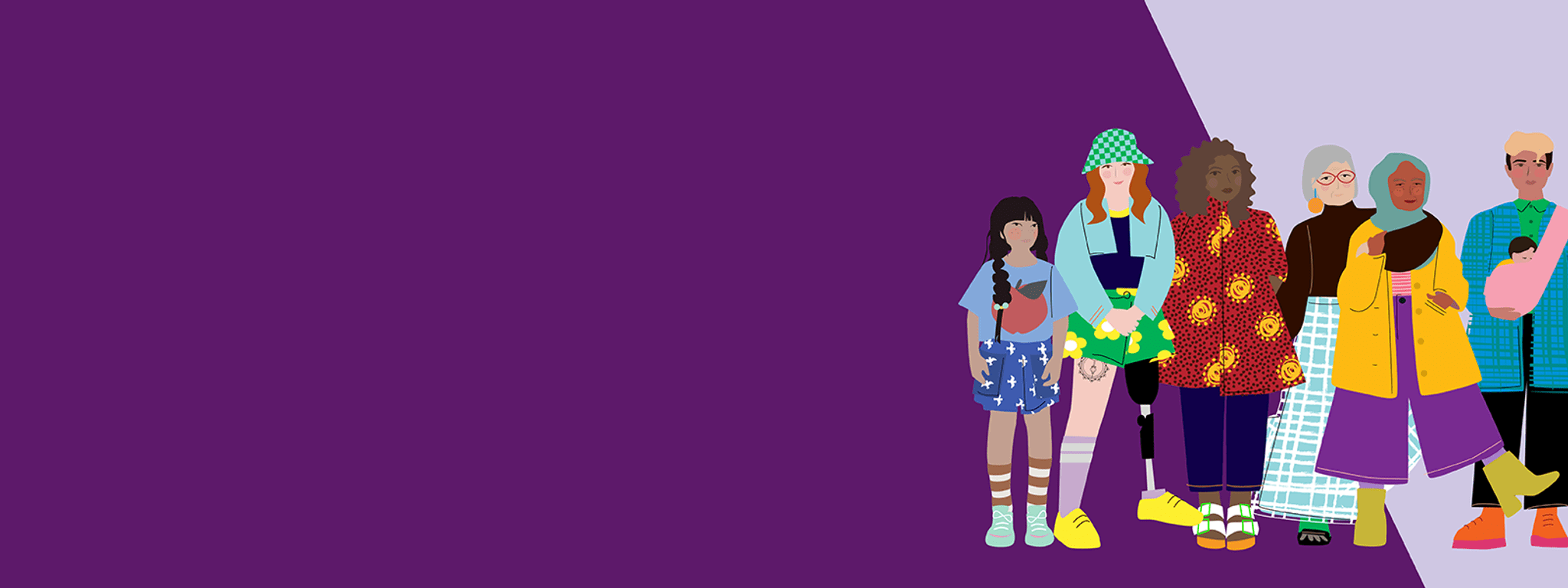The effect of gender inequality builds through younger years and adulthood and affects older women the most. [1] Gender inequality grows and intersects with ageism, which older women experience at a higher rate than older men. While there is progress towards gender equality in Victoria, older women are the least likely to benefit.
This is where we see a lifetime of inequalities lead to the alarming rate of older women experiencing homelessness, and the significant gap in lifetime earnings and superannuation.
Our equal state complements the Ageing well action plan 2022–2026, the Victorian Government’s framework to support Victorians to age well by continuing to take part in their community, and age safely at home – in the community or in aged care.
References
[1] Victorian Government, Ageing well action plan 2022–26, Victorian Government, 2022, accessed 6 February 2023. https://www.vic.gov.au/ageing-well-action-plan
Services and care that enable healthy and empowered ageing for women and gender diverse people
Health conditions affect women more as they age. Gender bias against women in healthcare is well-documented.
Ensuring economic and housing security
Ageism is one of the most prevalent forms of prejudice in Australia.
Ending gendered violence and elder abuse
Older Victorians can be vulnerable to abuse due to social isolation and having to depend on family members. Elder abuse can be physical, sexual, financial or psychological.
Updated

